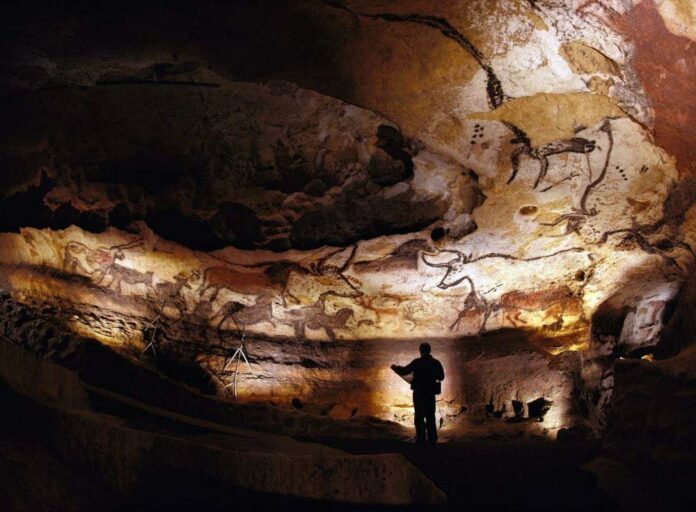Lascaux is renowned for its Palaeolithic cave paintings, located in a network of caves in the Dordogne region of southwestern France. These paintings are celebrated for their exceptional quality, size, sophistication, and age. Estimated to be around 20,000 years old, the artwork mainly features large animals that once roamed the area. Lascaux is situated in the Vézère Valley, an area rich with decorated caves discovered since the early 20th century, such as Les Combarelles and Font-de-Gaume in 1901, and Bernifal in 1902. Discovered on September 12, 1940, Lascaux received statutory historic monument protection in December of the same year. In 1979, several decorated caves in the Vézère Valley, including Lascaux, were designated as UNESCO World Heritage Sites. Despite their beauty, these prehistoric paintings face significant threats.
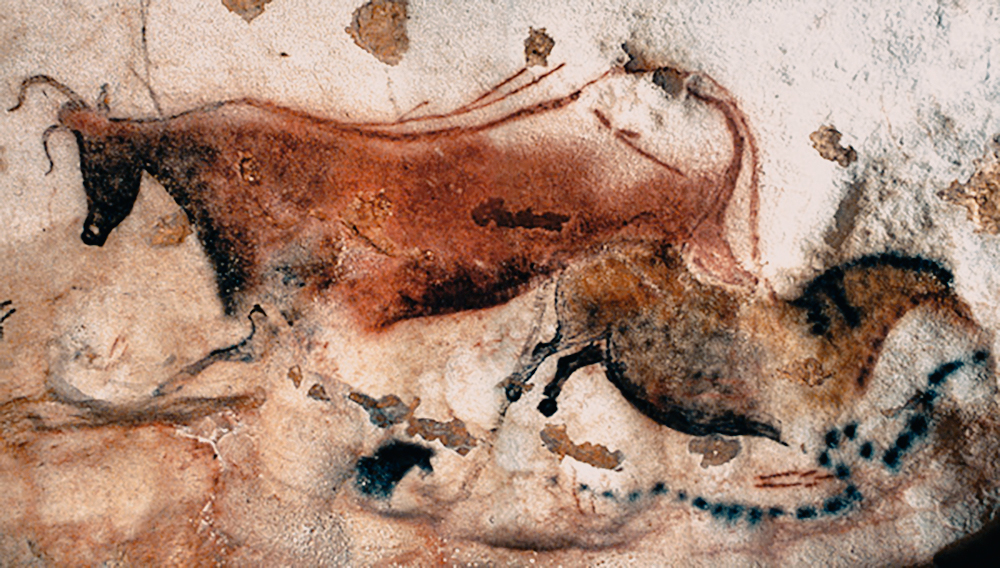
The Discovery and Protection of Lascaux
Lascaux’s cave complex, which includes areas like the Hall of the Bulls and the Passage Gallery, was discovered in 1940 and quickly recognized for its historical importance, receiving protection as a historic monument by the end of that year. By 1979, it was added to the UNESCO World Heritage Sites list alongside other decorated caves in the Vézère Valley.
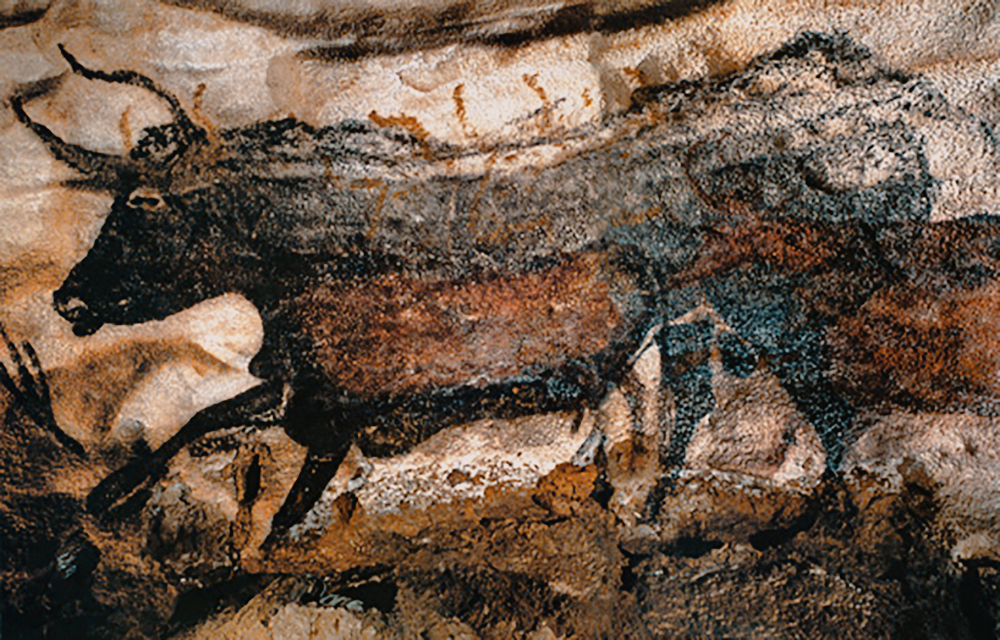
The Symposium on Preservation
Recently, more than 200 archaeologists, anthropologists, and scientists convened in Paris for a significant symposium to address the preservation challenges facing Lascaux’s invaluable paintings. Organized under the auspices of France’s Ministry of Culture and Communication and presided over by Dr. Jean Clottes, the symposium aimed to find solutions to safeguard these prehistoric treasures.
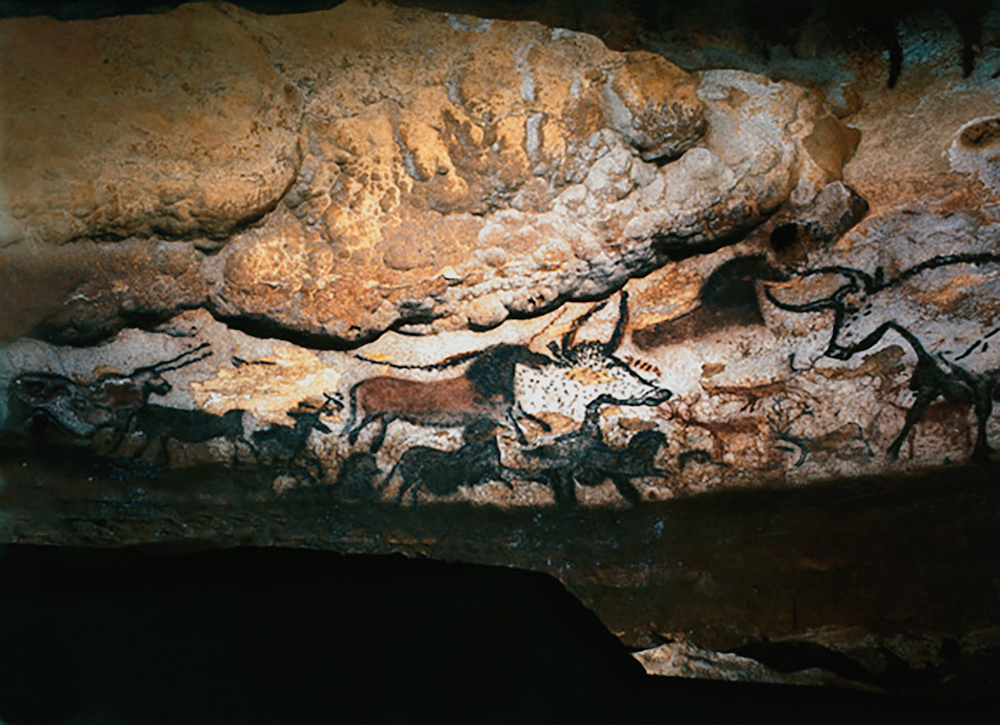
The Art of Lascaux
Sections and Figures
Lascaux comprises several sections: the Great Hall of the Bulls, the Lateral Passage, the Shaft of the Dead Man, the Chamber of Engravings, the Painted Gallery, and the Chamber of Felines. The cave features nearly 2,000 figures, categorized into animals, human figures, and abstract signs. Most of these images are painted with mineral pigments, although some designs are incised into the stone.

Notable Images
Equines dominate the animal representations, with 364 images. The cave also contains 90 stags and other animals like cattle, bison, felines, a bird, a bear, a rhinoceros, and a human. Among the most iconic images are the four large black bulls or aurochs in the Hall of the Bulls, with one measuring 17 feet (5.2 meters) long, the largest known cave art animal. Interestingly, despite reindeer being a primary food source for the artists, they are not depicted in the paintings.
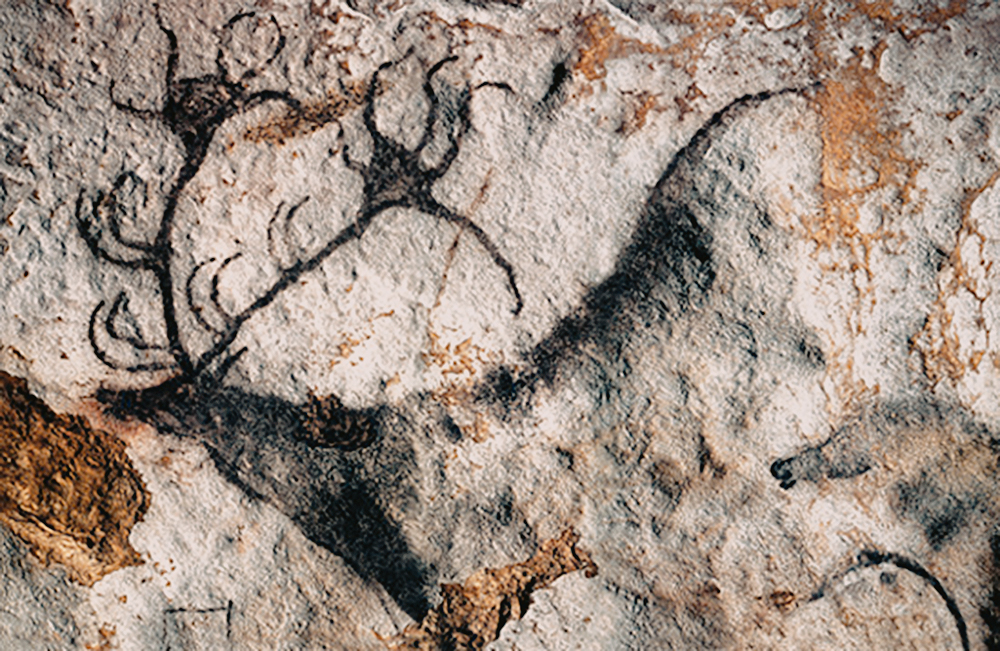
The Crossed Bison
The ‘Crossed Bison’ painting in the Nave chamber showcases the Palaeolithic artists’ skill, with the crossed hind legs demonstrating their understanding of perspective.

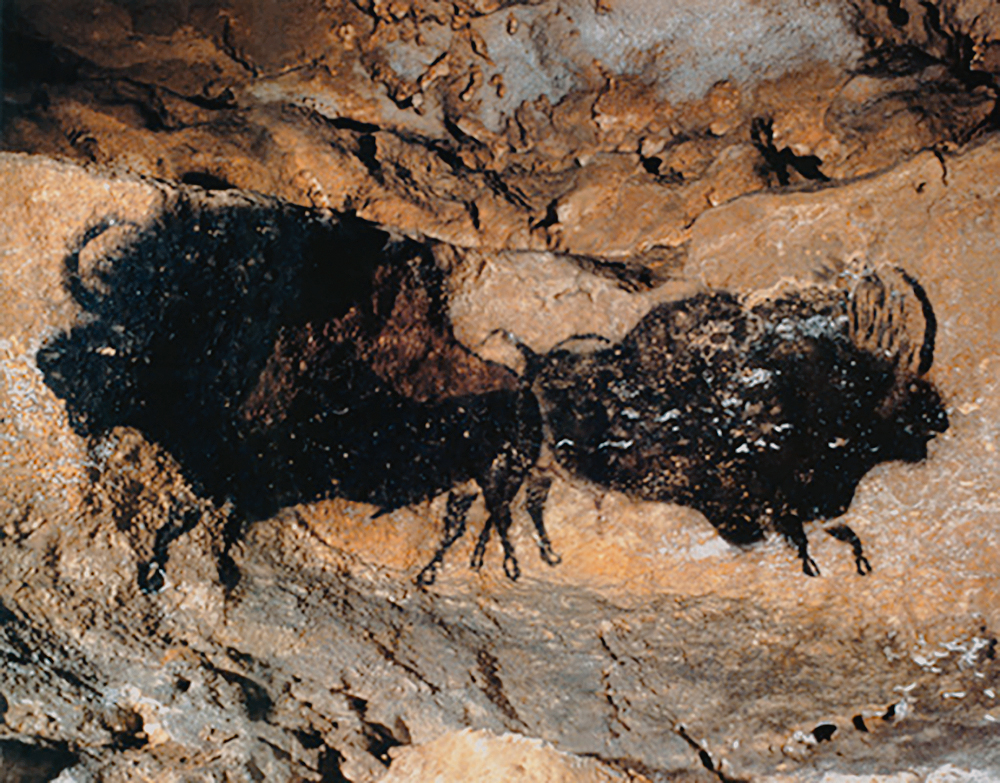
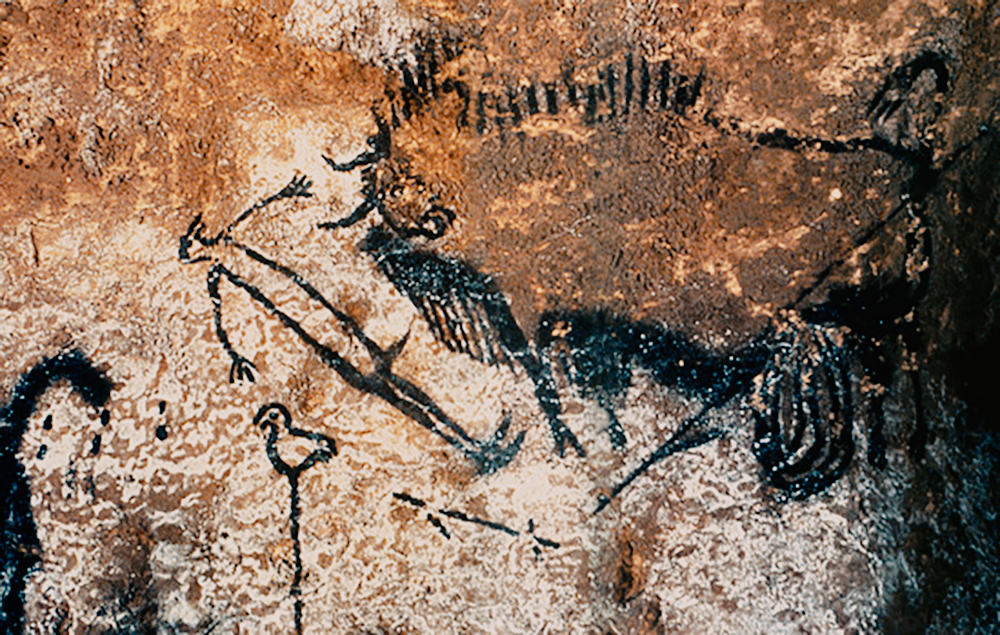
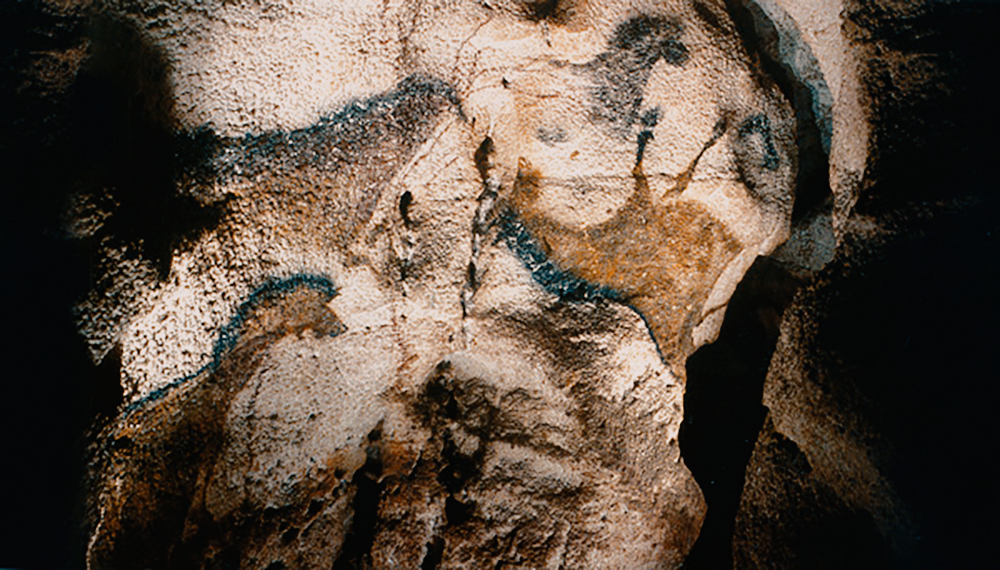
Threats to Lascaux
Since 2000, Lascaux has faced severe preservation issues, including a fungal outbreak linked to a new air conditioning system, high-powered lights, and excessive visitor numbers. By 2006, black mold had become a significant problem. In January 2008, authorities closed the cave to all except one individual who monitored climatic conditions for 20 minutes weekly.
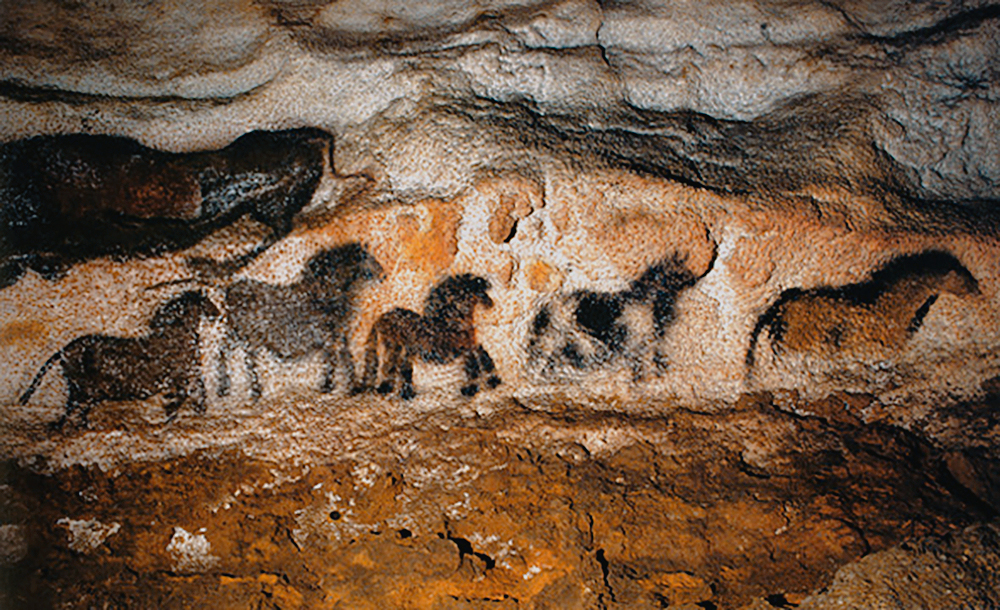
Conclusion
Lascaux’s prehistoric cave paintings are not only an artistic treasure but also a vital part of human heritage. Preserving them for future generations remains a complex and urgent challenge, requiring the continued efforts of the global scientific community.



